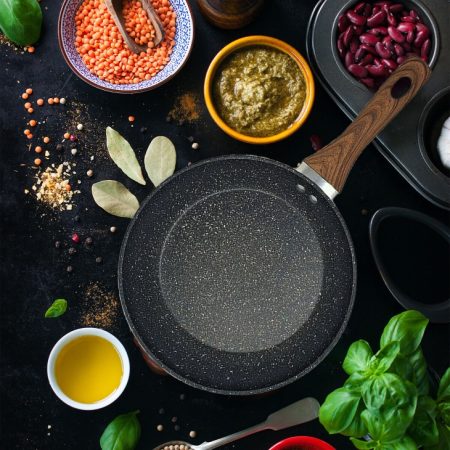26
Feb

A Simple Guide to Choosing the Right Golf Equipment
Playing golf requires a combination of skills, precision and the right equipment. While mastering the course and developing the right strategy matters, being equipped with the proper equipment is just as important. If you wonder what gear every player needs, you’re in the right place. Here are 3 essentials you should consider to elevate your game, improve your skills and stay organised on the course.
Read More →24
Feb

Simple Guide to Choosing Your New Favourite Tea Mug
Have you noticed that drinking tea from a specific cup can affect how well it tastes? That’s because the design and material play a big role in how much you enjoy your tea. With so many options like ceramic, fine bone china, glass, porcelain stoneware, they all have something unique to offer and make your tea ritual a bit more special and invigorating.
There is a stunning collection of beautiful designs, making it easy and exciting to find a mug for tea that feels just right for you. Explore different styles and materials and have fun choosing your new favourite cup.
Read More →20
Feb

A Simple Guide to Personalised Gifts for a Special Mother’s Day
Mothers are true superheroes who show their superpowers every day with their care, hard work, and sacrifices, so it’s only natural to have a special day to celebrate them and all they do. With a bit of time left until this year’s day honouring mums, you can come up with something that sparks up conversation, brings a smile to her face, and shows her how much you appreciate her even if you don’t always express it in words.
Read More →17
Feb

A Guide to Styling a Party Playsuit for Any Occasion
The playsuit – whether you call it a romper, onesie, or jumpsuit – is the ultimate summer must-have that never goes out of style. It’s the perfect combination of comfort and chic that effortlessly transitions from day to night. No matter the occasion, you can dress this garment up or down, offering endless possibilities. From casual brunches to evening soirées, let’s dive into how to make it work for you all season long.
Read More →17
Feb
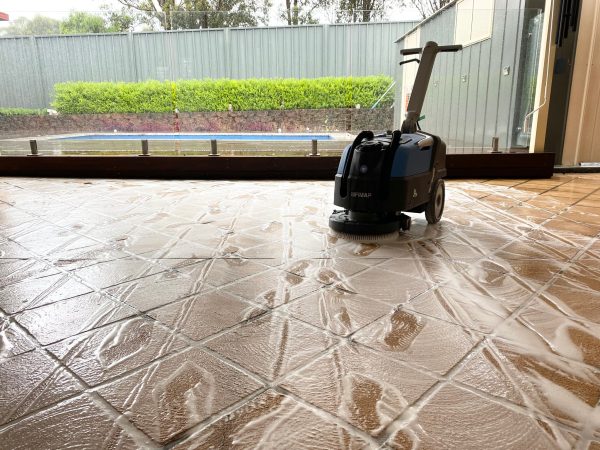
A Simple Guide to Industrial Floor Scrubbers
Keeping your floors clean is essential—not just for a fresh, tidy look, but also to maintain a safe workspace and prevent cross-contamination that can occur with traditional mopping. If you’re looking for a more efficient solution than brooms and mops, it’s time to invest in an industrial floor scrubber dryer.
Read More →12
Feb

A Simple Guide to Pallet Wrapping
Whether you’re moving inventory, organising supplies, or shipping goods, the right pallet wrap helps you maintain the integrity of your items. This simple yet highly effective solution keeps items secure, shielded from dust and moisture, and minimises the risk of damage. Whether you’re running a bustling warehouse or shipping goods across the country, this material offers a cost-effective and efficient way to ensure everything arrives in pristine condition.
When it comes to keeping your business running smoothly, using secure pallet wrapping is a no-brainer. These films do more than just hold your products in place – they offer the durability and strength needed to keep everything safe, whether in storage or transit. You can trust that your items are shielded from damage, dust, and shifting, ensuring they arrive just as you intended. Another feature of this material is its transparency. This might seem like a small detail, but being able to quickly scan your items without unwrapping them saves time and effort. Imagine how much easier it is to manage inventory or double-check shipments when you can see everything.
Read More →11
Feb
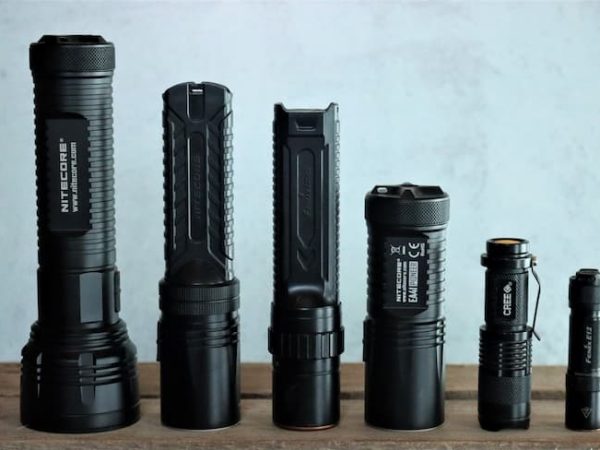
A Simple Guide to 4 Different Flashlight Brands
In our daily routines, flashlights often go unnoticed until the moment we need them. Whether it’s a sudden power outage, a late-night dog walk, or an unexpected roadside emergency, having a reliable device can make all the difference. Beyond these scenarios, flashlights are indispensable tools for outdoor enthusiasts, campers, and professionals who require dependable illumination in challenging environments.
Read More →11
Feb
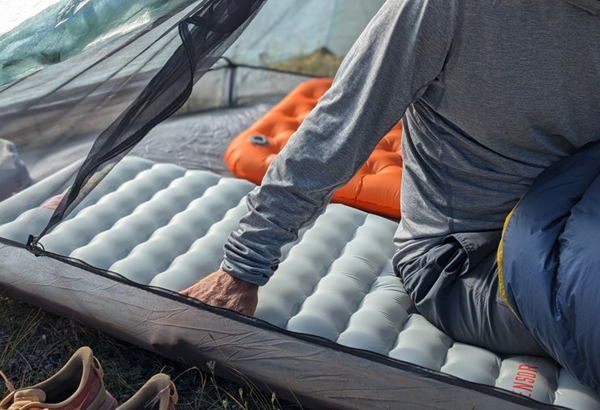
No More Restless Nights Under the Stars: A Simple Guide to Hiking Mats for Sleeping
There’s little worse than lying awake and staring at the roof of your tent while your adventure buddies saw logs. And, while tossing and turning you keep on wondering whether it’s possible to get a good night’s sleep when camping. The answer is yes as long as you carry a sleeping mat. While it might seem like having a comfortable surface to sleep on is a pad’s most useful function, its ability to keep you warm throughout the night is even more important. Here’s how to choose your sleeping pad for camping or backpacking.
Read more: No More Restless Nights Under the Stars: A Simple Guide to Hiking Mats for SleepingTypes
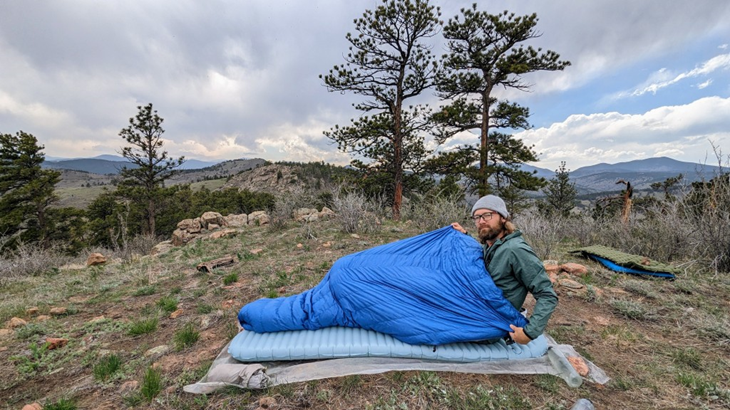
Say goodbye to restless sleep at night under the starry sky with a lightweight and compact sleeping mat for hiking. Camping sleeping mats come in three different flavours: closed-cell foam, self-inflating, and air construction.
Self-Inflating
A self-inflated camping sleeping mat uses an open-celled foam placed between two layers of fabric. These have an air valve that you may open to allow the pad to “self-inflate.” When the valve is opened, the foam expands, inflating the pad. The foam also traps and retains heat. The latest pad variants take around five minutes to inflate, but older ones with compressed foam will take longer and require more breaths from you to fully inflate.
Keep in mind that the term “self-inflating” is a bit misleading, since all of these pads require a few breaths to achieve optimal firmness after the foam has expanded. To maximise the life of the foam, keep it semi-inflated rather than compacted.
Closed Cell Foam
When people hear the word “camping,” they usually think of a closed-cell foam sleeping mat for hiking. These traditional camping mats are far from as comfy as inflatable air-construction pads, for obvious reasons. They are made of a thin foam layer, which is often combined with heat-reflective material to provide further insulation. Closed-cell foam cushions provide a significant benefit in terms of durability. Because there is no vulnerable air chamber, these pads will not pop, leaving you with no cushioning to sleep in. These are often lightweight and are an excellent way to add more insulation to an inflatable camping sleeping pad.
Air Construction
“Air Construction,” or inflatable sleeping pads, have dominated the hiking pad market. There are hundreds of models that meet this description. These pads are often plush and lightweight. However, insulation levels vary greatly, from those capable of protecting you from snow beneath to those only suitable for summer camping. At their core, Air Construction pads are thin laminated textiles filled with air, allowing the user to vary pad firmness and gain much-needed lift above the hard ground and trash that traditionally caused long nights.
R Values
Sleeping pad R Values are the outdoor industry’s best attempt to standardise how warm a sleeping mat is. The ability of heat to flow from hot to cold through materials is measured using an R-value. As one might imagine, the R-value determines the insulating properties of many other goods, such as residential walls.
Unlike EN testing, R values for sleeping pads are not determined by a uniform, independent body. As a result, no mat can be assigned the same “correct” R Value. Every manufacturer takes a distinct method of testing. However, they are all generally accurate.
Insulated or Uninsulated One?
You may note that sleeping pads come in “insulated” and “uninsulated” types, which complicates matters even more. In most circumstances, these two pads are identical; nevertheless, the insulated pad has a greater R-value and, on occasion, a more resilient fabric.
As a result, always examine the temperature rating of your camping gear or the R-value connected with a specific pad and base your decision on the most common weather conditions in your location. No pad is superior or worse simply because it has a higher R-value; similarly, a pad is not always “uninsulated” or has an R-value of 1.
Features to Look for
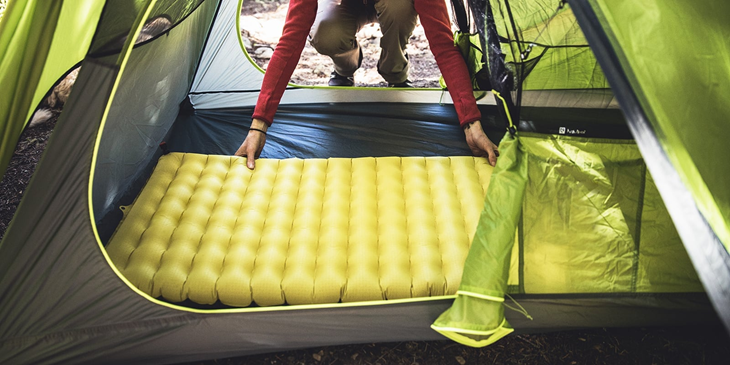
Ultra-light pads are ideal for backpacking, although they are pricier. You can save weight by selecting a mummy or tapered shape, which decreases volume and packs smaller. Closed-cell foam pads in short lengths are likewise quite lightweight. If you’re hiking with a partner, a two-person lightweight sleeping mat can help you save weight.
At a minimum, your shoulders and hips must fit on a pad. Regular (72-inch) and long (78-inch) cushions help insulate your legs and feet, which is especially useful on chilly fall and winter journeys. A short or 3/4-length pad (typically 47 or 48 inches) is lighter and packs more compactly.
Nearly all pads have a standard width of 20 inches. If you’re a large person or like to roll around a lot, you might require a width of 25 or 30 inches. Often, the “long” form of a pad is also broader, but in some styles, a wide pad might be “regular” length. Some pads include larger side baffles, often known as “rails,” that cradle you and prevent you from falling off as you turn during sleep. These are especially suitable for children.
06
Feb

Secure in Style: A Comprehensive Guide to Buying a Men’s Wallet
The perfect wallet combines design, security, and functionality. Whether you’re replacing your old one or purchasing your first, understanding what features to prioritize is essential. These guidelines can help you find a wallet that meets your specific needs and preferences.
Read More →


